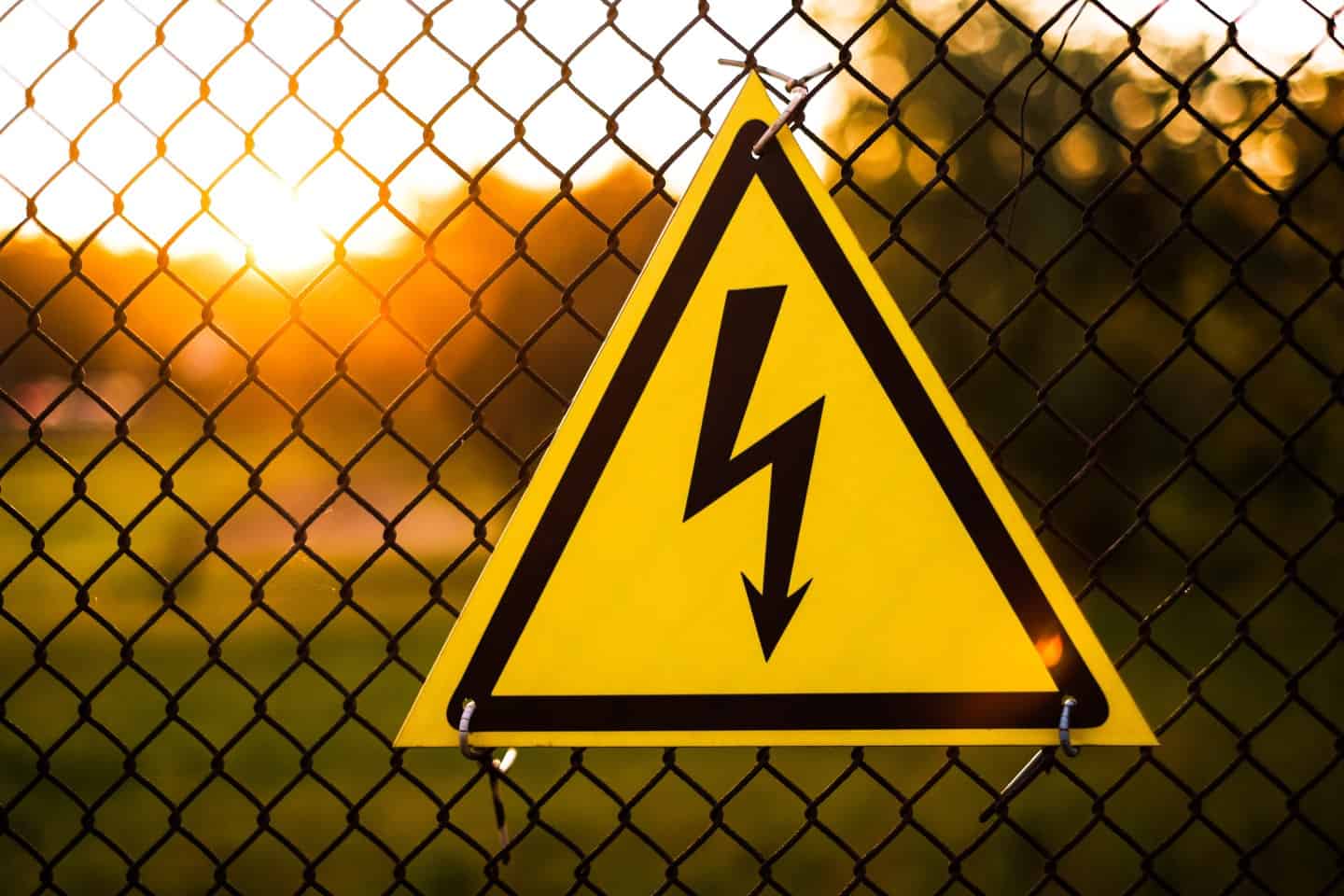
How employers should protect you from electrocution injuries in the workplace
In the fast-paced modern workplace, ensuring a safe and secure working environment is crucial for both employers and employees. Unfortunately, incidents in the workplace that result in injury do occur. One potentially severe way that injuries can occur is through electrocution.
It is important to understand the nature of electrocution injuries, the symptoms they cause, how they can happen and the employer’s responsibility to prevent them.
Electrocution injury symptoms
Electrocutions in the workplace can result in severe injuries, ranging from burns and tissue damage to neurological issues and even cardiac arrest. The severity of the injury often depends on factors such as the voltage of the electrical current, the duration of exposure, and the pathway the current takes through the body.
It is crucially important to recognise the symptoms of an electrocution injury so that medical attention can then be sought. Common injuries and associated symptoms include:
- Burns: Electrical burns are a common consequence of electrocution, causing damage to the skin and underlying tissues.
- Muscle and tissue damage: Electric shocks can lead to damage of muscles and other soft tissues, which may result in long-term complications.
- Cardiac problems: High-voltage shocks may disrupt the normal functioning of the heart, potentially leading to cardiac arrest and potentially death.
- Neurological issues: Severe electrocutions can affect the nervous system, leading to issues such as numbness, tingling, and even paralysis.
- Loss of consciousness: In severe cases electrocutions can result in loss of consciousness or loss of awareness.
Causes of electrocutions in the workplace
A severe, life-changing electrocution injury at the workplace can occur in various ways, often due to a combination of factors involving electrical hazards and unsafe working conditions. The most common causes of electrocutions in the workplace are due to the following:
- Faulty equipment: Use of defective or malfunctioning electrical equipment, such as power tools, machinery or appliances can expose workers to the risk of electrocution. Malfunctions may include exposed wiring, faulty insulation or damaged cords. Neglecting the regular maintenance of equipment can contribute to the likelihood of electrical faults.
- Inadequate training: Lack of proper training on electrical safety measures can lead to electrocution. Employees who are not adequately trained may inadvertently mishandle equipment or fail to follow safety protocols. Lack of personal protective equipment can also increase the risk of injuries.
- Unsafe work practices: Failure to adhere to established safety procedures and work practices can result in dangerous situations. For example, working on live electrical circuits without proper precautions, working in wet conditions, or neglecting to turn off power sources can lead to electrocution. Inadequate warning signs and labels in areas with electrical hazards can also increase the risk of electrocution injuries.
It’s important for both employers and employees to be aware of these potential risks and take proactive measures to ensure a safe working environment, including proper training, regular equipment maintenance, and adherence to safety protocols. Additionally, legal regulations and guidelines must be followed to mitigate the risk of severe electrocution injuries in the workplace.
Legal responsibilities of employers
Employers in the United Kingdom have legal responsibilities to ensure the safety of their employees. In the context of electrocution risks, these responsibilities include:
- Risk assessments: Employers are legally required to conduct regular risk assessments to identify and mitigate potential electrocution hazards in the workplace. Employers must ensure they identify areas with potential hazards and take measures to eliminate or reduce these risks.
- Training and awareness: Adequate training and supervision must be provided to employees to ensure they are aware of electrical risks and how to safely handle electrical equipment. Training programs should cover electrical safety and emergency procedures. Even once adequate training is provided, supervision is crucial to mitigate risks.
- Safe systems of work: Employers must implement appropriate safety measures, such as insulating equipment, providing personal protective equipment, properly maintaining equipment and installing warning signs and labels.
Making a personal injury claim for electrocution injuries
Electrocutions in the workplace are serious events that can have a profound impact on the lives of those involved. If your employer has not followed the appropriate health and safety guidelines you may be in a position to make a claim for the pain, suffering and loss of amenity you have suffered. If you have, or will suffer any financial losses as a result of the injury, you could also claim for these too.
By understanding the nature of these injuries, recognising symptoms, and being aware of legal responsibilities, you can take steps to protect yourself and others. In the unfortunate event of an electrocution, seeking legal advice promptly is crucial to ensure that you receive the compensation you deserve for the potentially life-changing consequences you may face.










